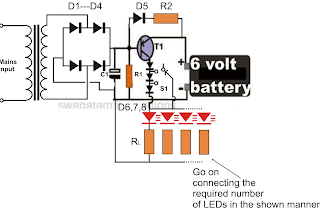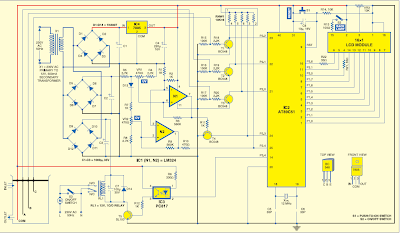Fog Lamp Sensor

Fog Lamp Sensor Circuit diagram . For several years now, a rear fog lamp has been mandatory for trailers and caravans in order to improve visibility under foggy conditions. Fog Lamp Sensor Circuit diagram : Fog Lamp Sensor Circuit Diagram When this fog lamp is switched on, the fog lamp of the pulling vehicle must be switched off to avoid irritating reflections. For this purpose, a mechanical switch is now built into the 13-way female connector in order to switch off the fog lamp of the pulling vehicle and switch on the fog lamp of the trailer or caravan. For anyone who uses a 7-way connector, this switching can also be implemented electronically with the aid of the circuit illustrated here. Here a type P521 optocoupler detects whether the fog lamp of the caravan or trailer is connected. If the fog lamp is switched on in the car, a current flows through the caravan fog lamp via diodes D1 and D2. This causes the LED in the optocoupler to light up, with the result that the phototransisto



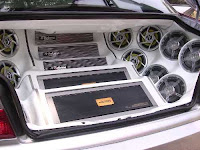













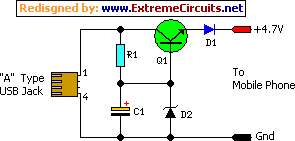






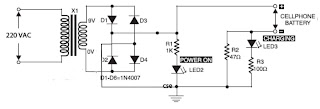

+to+be+manufactured+by+Asus.jpg)

